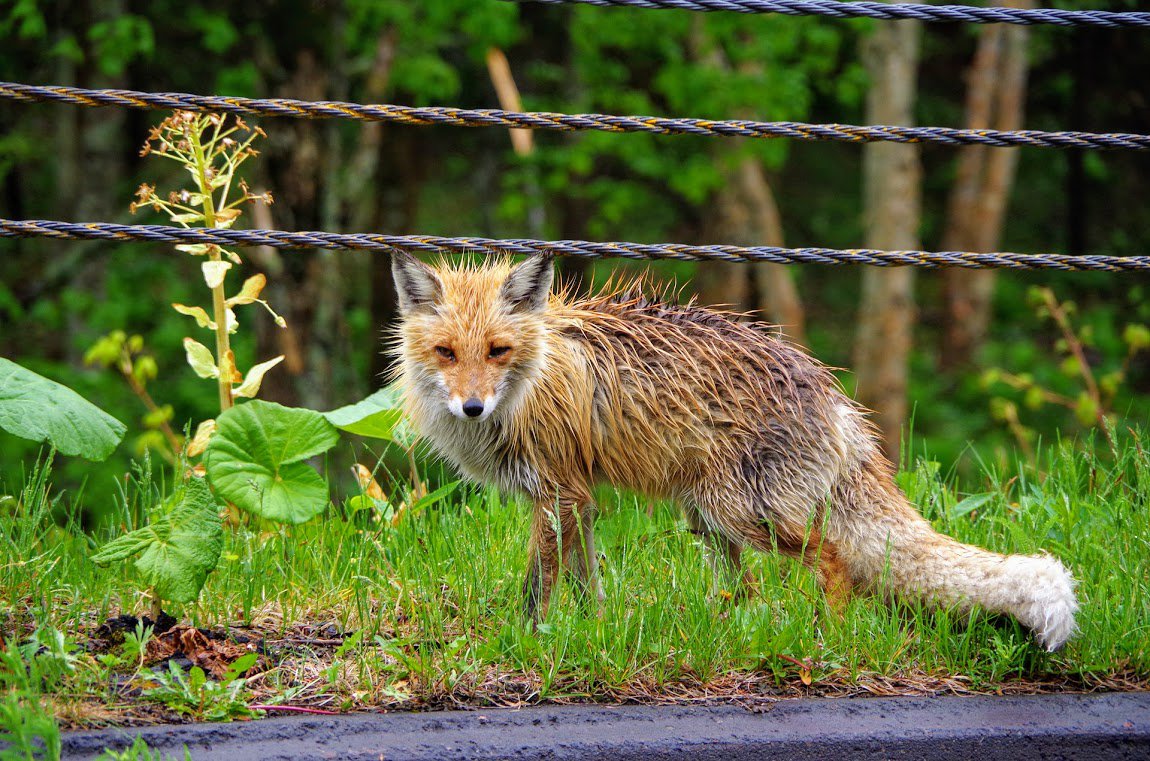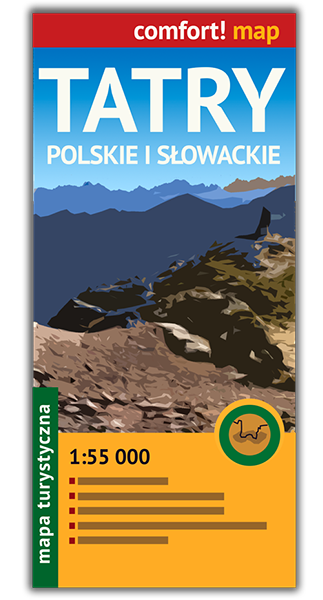We've all been there. Blistered, drenched, clanging our teeth with cold, thinking only about getting back home.
The thing is, mountain tourism is totally different than city tourism. It doesn't even have much in common with so called landscape tourism.
The higher the mountains, the more demanding they become and more preparation is needed beforehand.
Being in the mountains is usually risky - you walk off from safe buildings and become exposed to atmospheric conditions.
High mountains = high risk of slipping, as the terrain is steep and gravity is unrelenting.
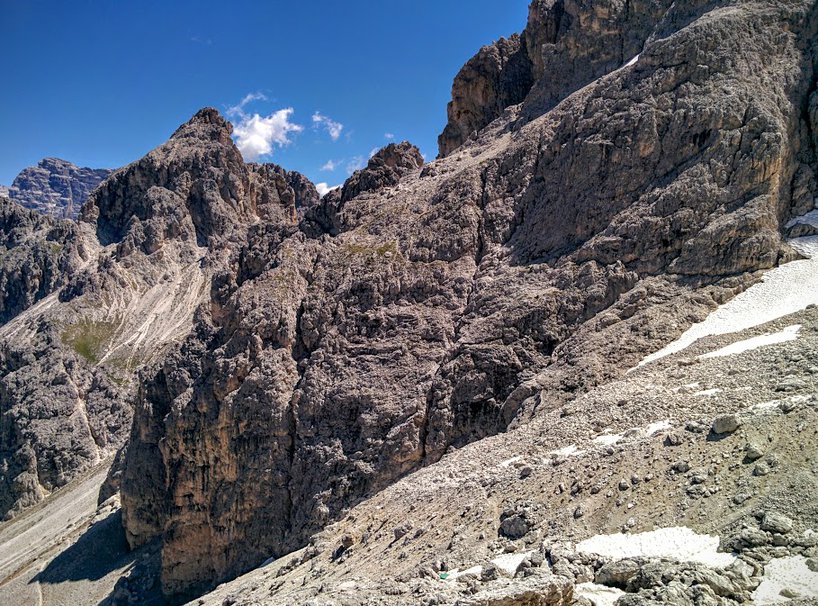
Dirt trails are fun but also make you stumble, slip, trip over the stones. When you hike high in the mountains you also need to take care of your head - falling stones and protruding rocks are common dangers.
I've already said it and will keep repeating - mountains require not only strength and endurance. Good physical condition will surely make your visits in the mountains more enjoyable but respect, caution and humility are needed to be safe and sound.
OK, so let's have a look at below list which shows the most common mistakes made by mountain hikers and bikers.
In this article you gain following knowledge
 Don't miss other valuable Tatra Mountains articles
Don't miss other valuable Tatra Mountains articles
Make sure you read all helpful articles. You find them grouped them into three categories, Basic, Routes & Maps and Advanced.
1. You don't check the trail before hiking
I wouldn't count how many times I made this mistake. What's especially important before mountain hiking is to check if the trail is already/yet open. Some trails are closed since autumn to late spring.
And when they are closed - they are closed. Don't go there.
When we were backpacking in Tatra mountains in May we were surprised that the trail I'd chosen had still been closed. As we weren't very eager to retreat the same way, we considered taking the risk and entering the closed trail, but when we spotted a hiker who slid down the iced bluff, we immediately gave up this reckless idea.
Even in summertime there may still be snow. And it'll be windy and cold at the peak, that's for sure.
The other crucial thing is calculating how much time we will need to hike the trail. Obviously, I miscalculated the hiking time a few times in the past and didn't make it to the mountain top. I didn't take into consideration dilatory factors like breaks, bad atmospheric conditions or simply the difficulty of the trail - I probably thought I would hike like a robot.
To be able to assess the hiking time you will need a good map with hike times indicated on each part of the trail. Also, paper map is indispensable for safe hiking.
There were also times when I was too tired to get up early enough and my need for sleep made me lose the peak.
It's indispensable to finish hiking before nightfall. It's really not safe to hike (especially in high mountains) after twilight.
2. You don't check the weather forecast
Atmospheric conditions are simply a must-check. The same nice and easy trail on sunny day can make you fight for your dear life during wind-storm, downpour or blizzard.
Rain or snow will make the trail slippery. Remember - you're especially prone to slipping and stumbling when you're tired. Besides, wet clothes will divest you of the joy of hiking and make you catch cold.
If you're planning on hiking in wintertime, take crampons, don't trust your trekking boots.
Weather in the mountains can be totally different than in the valleys. The fact that the sun is shining in your city doesn't mean there's going to be the same weather in the mountains.
When we were in Dolomites there was a snowfall and hailstorm (in the middle of July!). Interestingly, that very same day we were sweating like turkeys on Christmas Eve in Venice. The temperature difference was enormous.
Atmospheric conditions in the mountains are extremely unpredictable and like to change in the blink of an eye.
Start climbing down immediately when you see/hear storm coming. Lightning strike is one of the most fatal and, unfortunately, most common accidents in the mountains. Here's an insightful article advising what to do when surprised by thunderstorm.
Just remember that the best idea (if it's not too late) is to get to the nearest mountain hut or descend to the valley as quickly as you can.
Another thing which is very dangerous in the mountains is fog. It's very easy to get off the trail which can be unpleasant in lower mountains but fatal in higher parts.
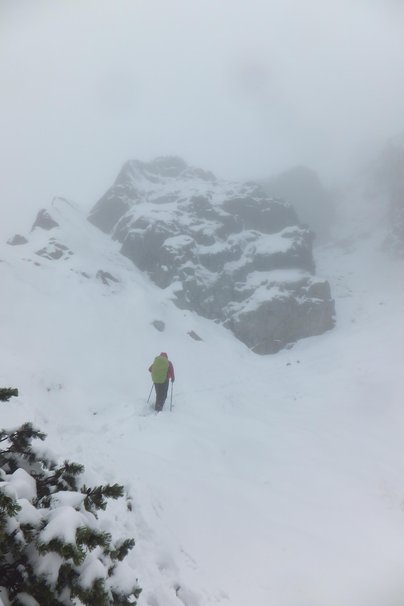
What's worth remembering is that in the summer there are frequent afternoon storms. They effectively shortened a few of our hikes.
3. You don't wear proper clothes
Mountain outfit needs to be comfortable - sorry, no fancy tight dresses. 😉
I also don't recommend jeans - I've never had comfortable jeans and don't believe such thing exists. Besides, when they get wet, they'll become dry in the next millennium.
I also don't recommend cotton clothes - when you sweat they cling on your body like wet rag.
Thermo-active clothes, on the other hand, don't stick to our bodies, quickly give away the sweat and, despite being thin, keep well the warmth when necessary. The added bonus is that thermo-active wear doesn't crumple and you can sweat as much as you need - it won't show it.
It's indispensable to take waterproof jacket in the mountains, even if sun's shining like crazy. The same rule applies to other warm clothes (soft shell sweaters are more than welcome) and socks. Hat, gloves and scarf will also be necessary if you hike in high altitude and also in late spring and early autumn.
Remember: 20 degrees Celsius in the city means that it's going to be 10 or less in the mountains (the higher the altitude, the lower temperature gets).
OK, now the shoes. Sneakers, trainers or sandals may do the trick in the valley but they'll get you into trouble in the mountains.
I personally think that saving money on shoes is bad idea.
You need comfortable, waterproof trekking boots with good sole - vibram's the best. I like high boots which keep my ankles steady (and my feet are more stable too). Your feet also need to breathe - Gore-Tex membrane is a must.
No umbrella in the mountains.
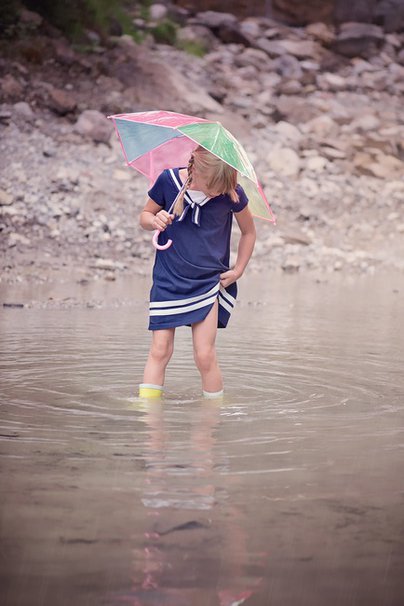
4. You don't pack your rucksack well
Backpack is a must. No shopping bags or any other hand bags are good to carry in the mountains. You need your hands either to be free, or holding walking poles, nothing more.
By the way, I can't imagine pleasant hiking without poles. They make life much more easy and brilliantly tone arm muscles - nothing better than full-body workout, is there? 😉 If you're not sure whether to buy them or not, I say: get them!
However, walking poles are useful mainly in lower mountains - they shouldn't be used in rocky areas or whenever hands are needed for support or climbing.
20-30 litres backpack will be OK for short hikes but if you prefer backpacking or whole-day hikes, then 40 litres is absolute minimum. Have a look at this article - it will help you select the best backpack for you.
I'll write more detailed post about packing the rucksack a bit later. For now, please keep in mind that there's quite a lot of stuff you need to take (spare clothes, water, food, first aid stuff, tissues, map, headlamp) but the more you pack, the less joy from hiking you'll have .
When we were backpacking in Tatra mountains , our rucksacks were so heavy that they, unfortunately, made our hiking slow and less agreeable.
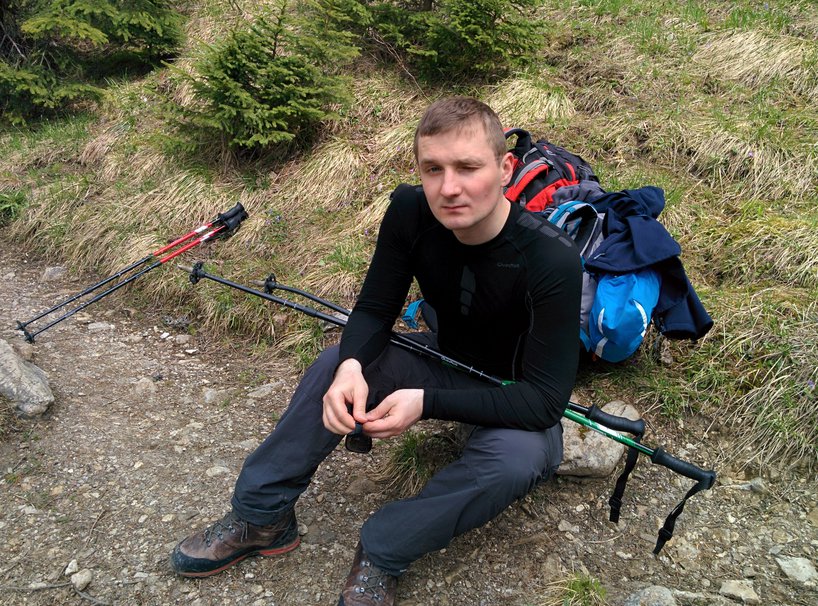
I have to admit I constantly commit the sin of taking too much water with me but, I guess, it's better to carry heavy backpack rather than get dehydrated.
I can't afford drinking water from the stream because my stomach is, unfortunately, rather sensitive. I only trust water which runs high up in the mountains, above 2000 metres.
5. You don't behave respectfully
Let's have respect to the nature. I know chamois or marmot are rare to spot but let's leave them alone. These animals are rare to see because there's not many of them left so why stress them out even more?
No garbage is to be left in the mountains. Even the "eco" litter, like apple's core, shouldn't be left close to the trail - it will lure the bear close to the trail. Who wants to meet a bear?
Don't yell. It will distress not only the animals - other hikers appreciate blessed mountain silence too.
Screaming is OK only when crying for help.
When sleeping over in mountain hut, please respect fellow hikers and abide quiet hours. Mountain huts are not for partying. They serve tired hikers to recover after physically demanding day. Everyone's got right to sleep.
There's also an important rule on secured trails - one chain, one person. Don't hold the safety chain if other person is already gripping it.
If you're hiking alone, always let your partner/friend/whomever where you're going and when, more or less, you'll be back.
What are your ideas for safe hiking?

